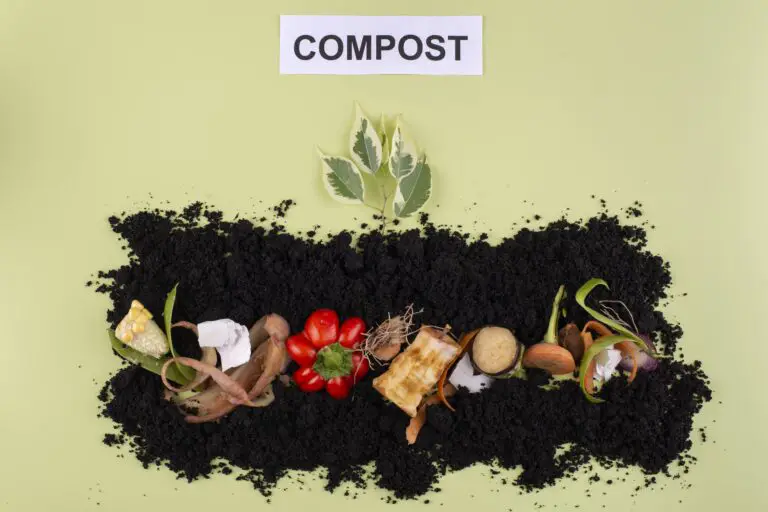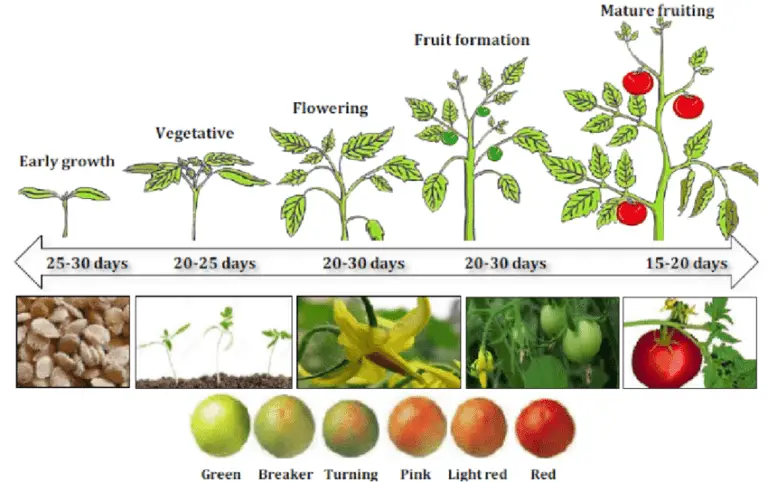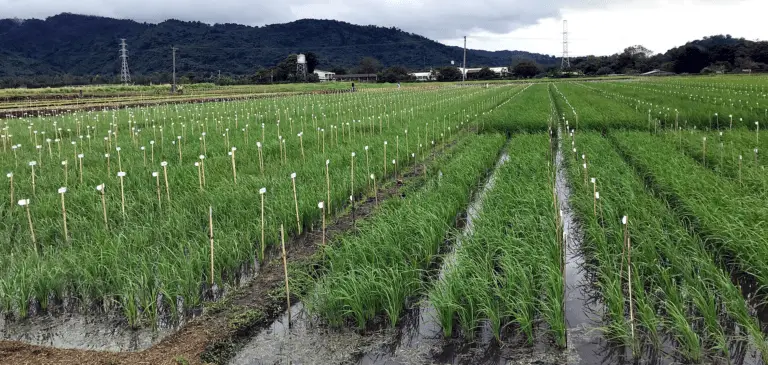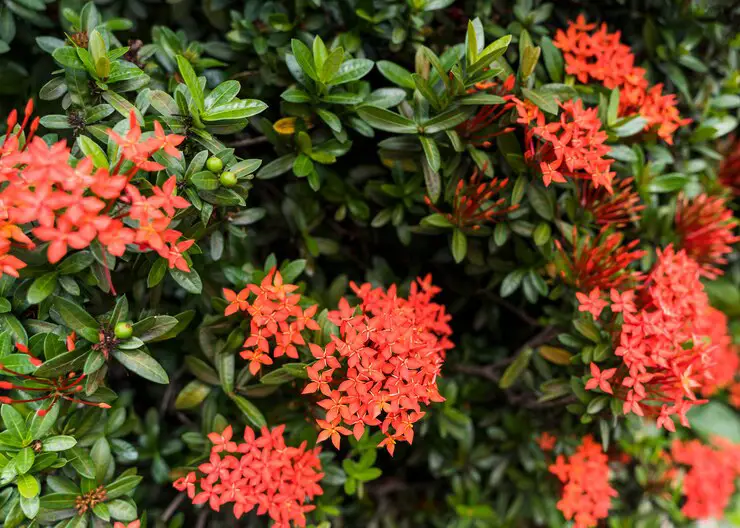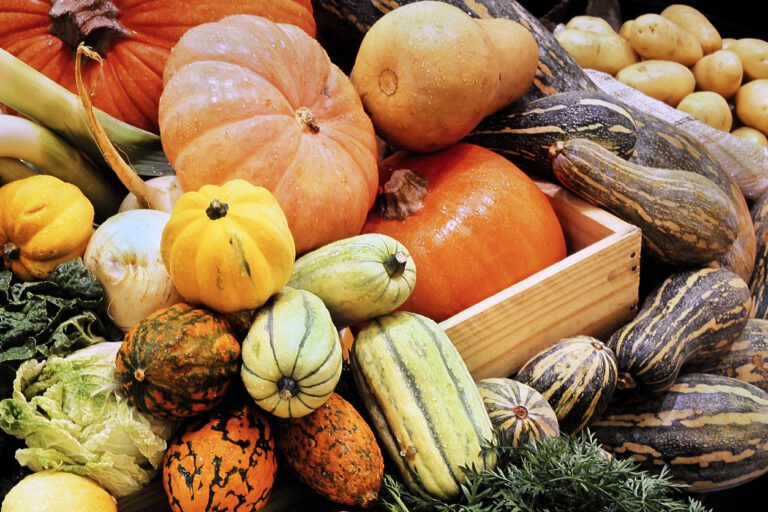Malabar Spinach: Perfect Harnessing Heat-Resilient Greens
Table of Contents
Benefits of Growing Heat-Tolerant Greens: Malabar Spinach
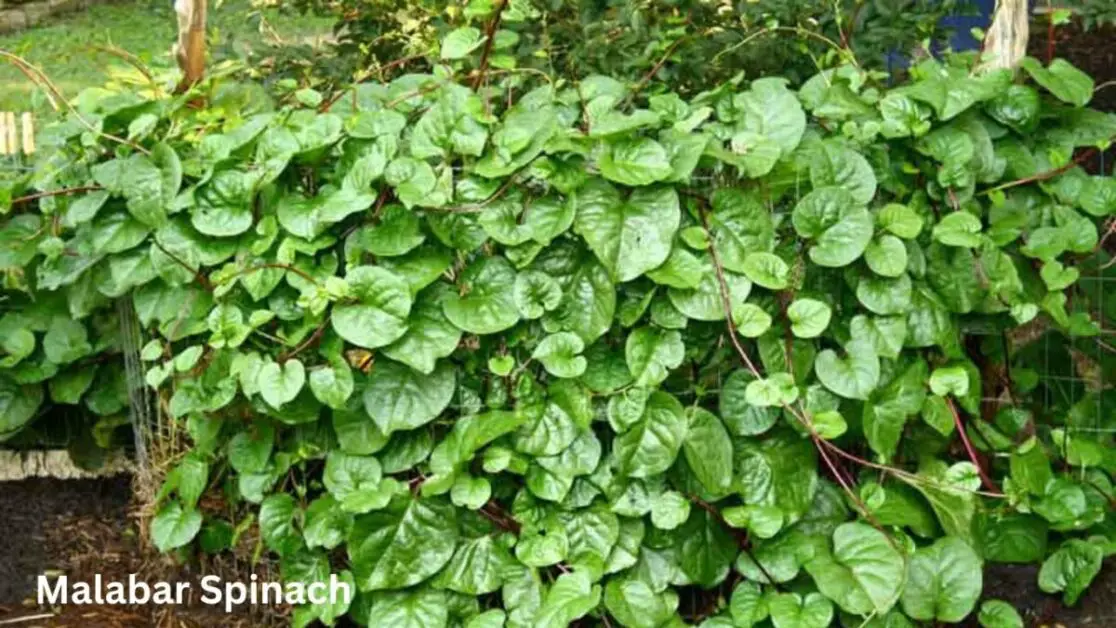
Growing Malabar Spinach heat-tolerant greens can be incredibly advantageous for gardeners, especially in regions with hot climates or during the summer months. These resilient greens are able to thrive in high temperatures, allowing for continuous harvests even when traditional greens might struggle. By cultivating heat-tolerant varieties, gardeners can ensure a bountiful and consistent food supply throughout the growing season.
In addition to their ability to withstand heat stress, heat-tolerant greens also offer a range of health benefits. Packed with essential nutrients such as vitamins A, C, and K, as well as minerals like iron and calcium, these greens can contribute significantly to a balanced and nutritious diet. Incorporating heat-tolerant greens into meals not only adds freshness and flavor but also promotes overall well-being through their diverse array of vitamins and minerals.
Ideal Growing Conditions for Heat-Tolerant Greens for Malabar Spinach
To ensure the successful growth of heat-tolerant greens, it is vital to provide them with the ideal growing conditions. These greens thrive best when planted in well-draining soil that is rich in organic matter. Additionally, they require ample sunlight exposure, ideally receiving at least 6 hours of direct sunlight daily. It is important to monitor the temperature of the planting area, as most heat-tolerant greens prefer temperatures between 60-75°F (15-24°C) for optimal growth.
Proper air circulation is essential for heat-tolerant greens to prevent issues such as fungal diseases. Planting them in an area with good airflow can help minimize the risk of disease development. Moreover, ensuring consistent soil moisture without overwatering is key to supporting healthy growth. By creating these favorable growing conditions, gardeners can set their heat-tolerant greens up for success and enjoy a bountiful harvest.
Choosing the Right Variety of Malabar Spinach or Heat-Tolerant Greens
When selecting the right variety of heat-tolerant greens for your garden, it’s essential to consider the specific growing conditions in your region. Some varieties thrive in high temperatures and intense sunlight, while others may wilt or bolt quickly if exposed to excessive heat.
For those dealing with scorching summers, leafy greens like Malabar spinach, amaranth, and New Zealand spinach are excellent choices. These greens have adapted to withstand heat stress and often exhibit robust growth even in challenging conditions. Additionally, Swiss chard and collard greens are known for their heat tolerance and can be reliable options for hotter climates.
Preparing the Soil for Malabar Spinach Greens
To prepare the soil for Malabar Spinach greens, you need to ensure it is well-draining and rich in organic matter. Incorporating compost or well-rotted manure can help improve soil structure and provide essential nutrients for the greens to thrive. Additionally, conducting a soil test can give you valuable insights into the pH level and nutrient content of the soil, allowing you to make any necessary adjustments for optimal growth.
When working the soil for heat-tolerant greens, take care not to compact it by walking on the planting area. Use a garden fork or a tiller to loosen the soil to a depth of about 6-8 inches, breaking up any clumps and creating a fine, crumbly texture. This will facilitate root penetration and water infiltration, promoting healthy root development and overall plant vigor. By taking the time to properly prepare the soil, you are setting the foundation for a successful harvest of delicious and nutrient-rich heat-tolerant greens.
Planting Malabar Spinach Greens from Seeds
When planting heat-tolerant greens from seeds, it is essential to choose the right time to sow them to ensure optimal growth and productivity. Heat-tolerant greens such as arugula, Swiss chard, and kale thrive in warm weather conditions, making them resilient to high temperatures. Sow the seeds directly into well-drained soil that has been prepped with organic matter for added nutrients. Make sure to follow the recommended spacing guidelines for each type of green to allow for proper root development and adequate sunlight exposure.
Once the seeds are planted, water them gently but thoroughly to promote germination. Keep the soil consistently moist but not waterlogged, as excessive water can lead to root rot and other issues. Monitor the soil moisture levels regularly and adjust your watering schedule as needed based on weather conditions. As the seedlings emerge and grow, provide them with adequate sunlight to support their photosynthesis process and overall development. With proper care and attention during the planting stage, you can set a solid foundation for a successful harvest of heat-tolerant greens in your garden.
Caring for Malabar Spinach Greens during Hot Weather
When caring for heat-tolerant greens during hot weather, it’s crucial to provide adequate water to prevent wilting and ensure proper hydration. Heat stress can quickly take a toll on these plants, so watering consistently is essential. Aim to water in the early morning or late evening to minimize evaporation and allow the greens to absorb moisture more effectively. Consider using mulch around the base of the plants to retain soil moisture and regulate temperature.
Additionally, providing shade during the hottest parts of the day can offer relief to heat-sensitive greens. You can use shade cloth or plant taller crops nearby to create natural shade. Monitoring the plants for any signs of heat damage, such as yellowing or wilting leaves, can help you take prompt action to mitigate stress. By being proactive in your care during hot weather periods, you can help your heat-tolerant greens thrive and continue to yield a bountiful harvest.
Watering Requirements for Malabar Spinach Greens
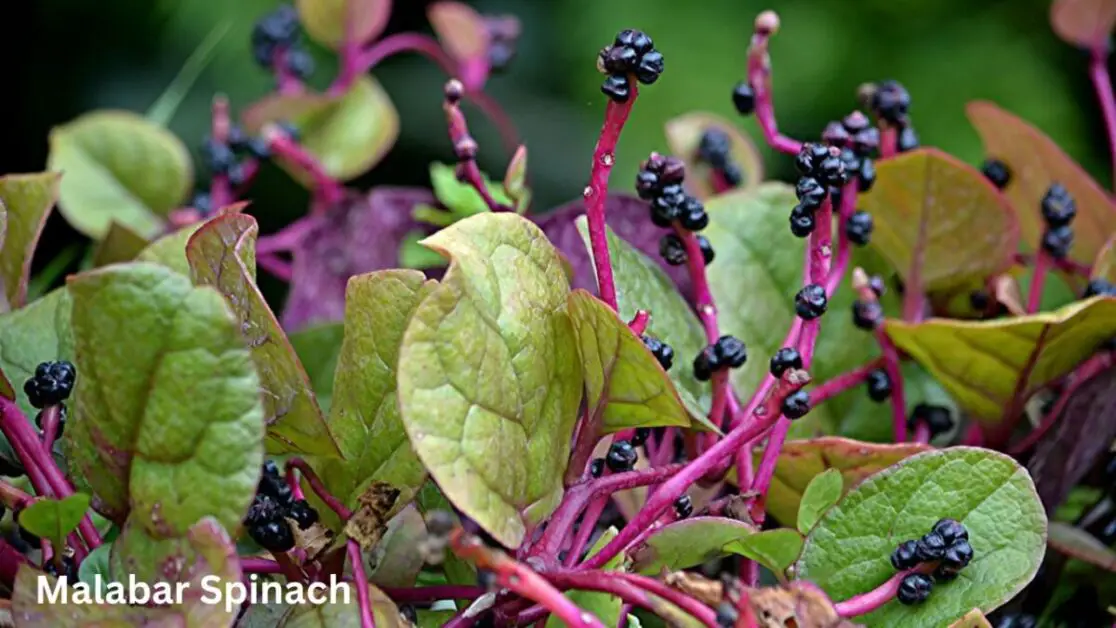
To ensure the optimal growth of heat-tolerant greens, it is crucial to understand their specific watering requirements. These resilient greens thrive in hot conditions, but they still need consistent moisture to flourish. Overhead watering can lead to evaporation in the heat, so opt for a soaker hose or drip irrigation system to deliver water directly to the roots. Aim to keep the soil consistently moist but not waterlogged, as excessive water can lead to root rot and other issues. A general rule of thumb is to water heat-tolerant greens deeply around 1-2 inches per week, adjusting based on your specific climate and soil conditions to prevent under or overwatering.
Another effective strategy for watering heat-tolerant greens is to water early in the morning to reduce evaporation loss and allow the plants to absorb moisture before the heat of the day. Additionally, mulching around the plants can help retain soil moisture, reduce water evaporation, and regulate soil temperature, promoting healthier growth for your greens. By monitoring the soil moisture levels regularly and adjusting your watering schedule accordingly, you can help your heat-tolerant greens thrive and produce an abundant harvest throughout the hot season.
Fertilizing Malabar Spinach Greens for Optimal Growth
For optimal growth of heat-tolerant greens, it is vital to provide them with the right balance of nutrients through proper fertilization. These greens are resilient to warm temperatures but still require essential nutrients to thrive. When fertilizing heat-tolerant greens, it is recommended to use a balanced fertilizer that contains a good mix of nitrogen, phosphorus, and potassium. Nitrogen aids in leafy growth, phosphorus supports root development, and potassium helps with overall plant health and stress tolerance. Additionally, micronutrients such as calcium, magnesium, and iron play crucial roles in the growth and development of heat-tolerant greens, so ensuring that these are present in the fertilizer mix is beneficial for their optimal growth.
It is important to follow the recommended guidelines for fertilizing heat-tolerant greens to avoid nutrient imbalances that can hinder their growth. Over-fertilization can lead to nutrient burn or excessive leafy growth at the expense of fruit or vegetable production. Conversely, under-fertilizing can result in stunted growth and poor overall health of the plants. By providing the right amount and type of fertilizer at the appropriate times during the growing season, gardeners can support the optimal growth of their heat-tolerant greens and ensure a bountiful harvest. Remember to monitor the plants closely for any signs of nutrient deficiencies or excesses and adjust the fertilization regimen accordingly to promote healthy and vigorous growth.
Managing Pests and Diseases in Malabar Spinach or Heat-Tolerant Greens
Pests and diseases can pose a significant threat to the health and yield of your heat-tolerant greens. Common pests that may target these greens include aphids, caterpillars, and leafminers, while diseases such as powdery mildew and damping off can also take a toll on your plants. Vigilance is key in managing these issues, as early detection and prompt action can prevent widespread infestations.
To combat pests, consider incorporating natural predators like ladybugs and lacewings into your garden, as they can help control aphid populations. Additionally, practicing crop rotation can disrupt the life cycles of pests, reducing their numbers over time. When it comes to diseases, ensure proper spacing between plants to promote airflow and reduce humidity, as these conditions can foster disease development. Using disease-resistant varieties and avoiding overhead watering can also mitigate the risk of plant infections.
Harvesting Heat-Tolerant or Malabar Spinach Greens at the Right Time
When it comes to harvesting heat-tolerant greens, timing is crucial to ensure maximum flavor and nutrition in your bounty. The key is to pick the leaves at their peak freshness, just before they start to wilt or lose their vibrant color. For most varieties of heat-tolerant greens like Swiss chard, kale, or arugula, harvesting in the early morning when the leaves are still crisp from the night’s coolness is optimal.
It’s important to remember that regular harvesting encourages new growth, leading to a continuous supply of fresh greens throughout the growing season. By picking the outer leaves first and allowing the inner leaves to develop fully, you can ensure a sustainable harvest that promotes the health of your heat-tolerant greens. Over harvesting or leaving leaves on the plant for too long can result in a decline in flavor and texture, so a balance is key in maintaining a thriving crop of these resilient greens.
Storing Heat-Tolerant Greens for Extended Freshness
To ensure the extended freshness of your heat-tolerant greens, proper storage techniques are essential. After harvesting your greens, it is crucial to wash them thoroughly to remove any dirt or debris. Once cleaned, gently pat them dry with paper towels or a clean cloth to prevent excess moisture, which can lead to premature wilting.
Next, wrap the greens in a slightly damp paper towel and place them in a perforated plastic bag or airtight container. The perforations allow for proper airflow, while the damp paper towel helps maintain the greens’ crispness. Store them in the crisper drawer of your refrigerator, which offers a slightly higher humidity level than the rest of the fridge, preserving the freshness of your heat-tolerant greens for an extended period. Remember to check on them periodically and discard any leaves that show signs of wilting or decay to prevent them from affecting the rest of the batch.
Using Malabar Spinach Greens in Culinary Delights
Heat-tolerant greens are not only resilient in the garden but also versatile in the kitchen, adding a healthy and flavorful twist to various culinary dishes. From vibrant salads to hearty stir-fries, these greens bring a refreshing crunch and earthy taste to your meals. Whether you’re looking to elevate your favorite pasta dish with arugula or add a nutritious kick to your smoothies with kale, heat-tolerant greens offer a wide range of possibilities for creative cooking.
One delightful way to incorporate these greens into your culinary repertoire is by blending them into pesto sauces. The peppery notes of heat-tolerant greens like watercress or mustard greens can add depth and complexity to the traditional basil and pine nut pesto. Simply swap out some of the basil for your chosen heat-tolerant greens, combine with garlic, Parmesan cheese, nuts, and olive oil, and blend until smooth. This zesty pesto can be tossed with pasta, spread on sandwiches, or drizzled over grilled meats for a burst of fresh flavor.
Health Benefits of Consuming Heat-Tolerant Greens
Heat-tolerant greens offer a plethora of health benefits that make them a valuable addition to your diet. Rich in essential nutrients such as vitamins A, C, and K, as well as minerals like iron and calcium, these greens contribute towards overall well-being and vitality. The high antioxidant content in heat-tolerant greens helps combat inflammation, reduce the risk of chronic diseases, and promote healthy aging. Additionally, their fiber content supports digestive health and aids in weight management by promoting satiety.
Consuming heat-tolerant greens can also have a positive impact on cardiovascular health. Studies have shown that regular intake of these greens can help lower cholesterol levels, reduce blood pressure, and improve overall heart function. Incorporating heat-tolerant greens into your daily meals can significantly contribute to a heart-healthy diet, potentially reducing the risk of heart disease and stroke. Furthermore, the combination of nutrients found in these greens can support immune function, boost energy levels, and enhance overall vitality.
Sharing Your Abundant Harvest of Heat-Tolerant Greens
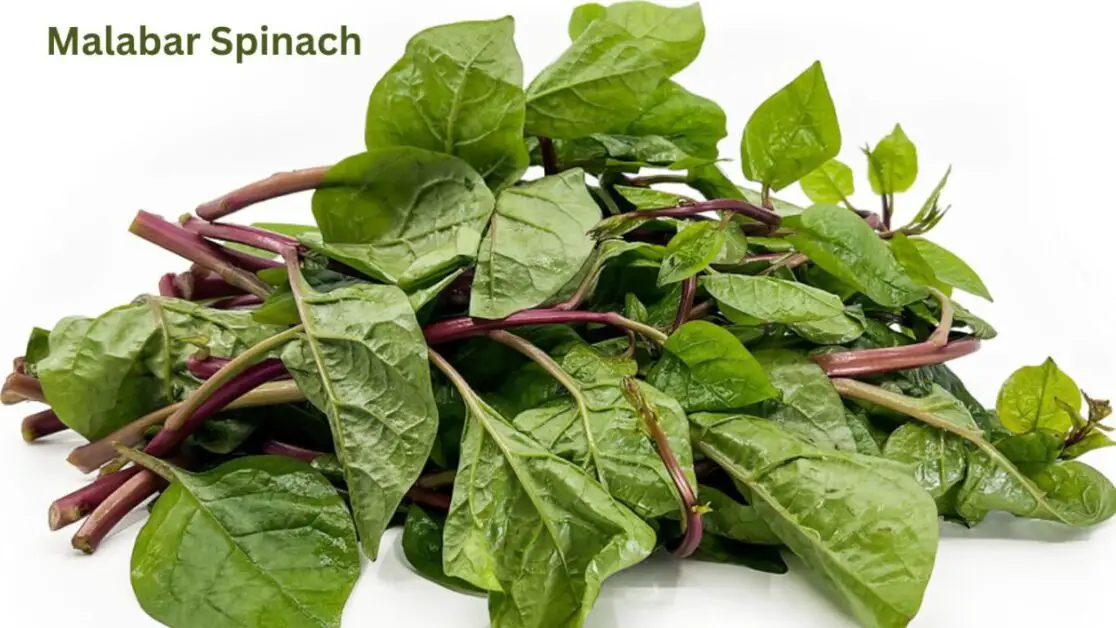
Sharing your abundant harvest of heat-tolerant greens can be a rewarding experience, allowing you to spread the joy of fresh and nutritious produce with friends, family, and even local community members. Whether you have an excess of vibrant kale, robust Swiss chard, or flavorful arugula, sharing your garden’s bounty can foster connections and create a sense of community around your love for gardening and healthy eating. Consider organizing a garden swap where fellow gardening enthusiasts can exchange their own homegrown treasures for a diverse array of heat-tolerant greens, enriching everyone’s culinary experiences.
Moreover, donating surplus heat-tolerant greens to local food banks or shelters can make a significant impact by providing fresh and nutritious produce to those in need. By sharing your harvest with organizations that support food-insecure individuals and families, you can contribute to improving access to healthy foods in your community and help combat issues of food scarcity and nutrition-related health disparities. Your abundance of heat-tolerant greens can truly make a difference in the lives of others while spreading the joy of gardening and wholesome eating practices.
here’s a simple table about Malabar Spinach and its cultivation:
| Aspect | Information |
|---|---|
| Plant Name | Malabar Spinach |
| Botanical Name | Basella alba |
| Preferred Climate | Hot and humid climates |
| Soil Type | Well-drained, fertile soil |
| Sunlight | Full sun to partial shade |
| Watering | Regular watering, keep soil moist |
| Temperature Tolerance | Heat-tolerant, sensitive to frost |
| Planting Season | Spring or early summer |
| Planting Depth | 1/4 inch deep |
| Spacing | 12-18 inches apart in rows |
| Germination Time | 7-14 days |
| Growth Rate | Fast-growing |
| Harvest Time | 60-70 days after planting |
| Harvest Method | Harvest leaves as needed |
| Pests and Diseases | Generally resistant to pests and diseases, but may be susceptible to leaf miners and mildews in humid conditions |
| Uses | Edible leaves used in salads, stir-fries, soups, and other dishes; nutritious greens high in vitamins and minerals |
| Additional Notes | Can be grown as a perennial in tropical climates; vines can be trained on trellises for vertical gardening |
This table should provide a good overview for cultivating Malabar Spinach in a heat-tolerant environment.
Connecting with Other Heat-Tolerant Greens Enthusiasts
One of the joys of cultivating heat-tolerant greens is the opportunity to connect with like-minded enthusiasts who share a passion for resilient and delicious plants. By engaging with other heat-tolerant greens enthusiasts, whether through online forums, local gardening clubs, or social media groups, you can exchange valuable insights, tips, and experiences that can enrich your gardening journey. These interactions often lead to a sense of community and camaraderie, fostering a supportive environment where knowledge is shared and friendships are formed, all centered around a common love for growing heat-tolerant greens.
Furthermore, joining forces with other heat-tolerant greens enthusiasts can open up avenues for collaboration, such as seed swaps, sharing surplus produce, or organizing community events focused on sustainable gardening practices. By connecting with a network of individuals who appreciate the unique qualities of heat-tolerant greens, you not only expand your own expertise but also contribute to a collective effort towards promoting resilience, biodiversity, and healthy eating habits within your local community. Embracing this sense of solidarity can inspire creativity, foster learning opportunities, and create a platform for celebrating the diverse range of benefits that heat-tolerant greens bring to both our plates and our environment.
How can I connect with other heat-tolerant greens enthusiasts?
You can connect with other heat-tolerant greens enthusiasts by joining online gardening forums or social media groups dedicated to gardening. You can also attend local gardening events or workshops to meet like-minded individuals who share your passion for heat-tolerant greens.
Are there any specific recipes or dishes that are popular among heat-tolerant greens enthusiasts?
Yes, heat-tolerant greens like Swiss chard, kale, and arugula are often used in salads, smoothies, stir-fries, and soups. You can also experiment with incorporating them into pasta dishes, omelets, and sandwiches for a nutritious boost.
Can I freeze heat-tolerant greens for later use?
Yes, you can freeze heat-tolerant greens for later use by blanching them first and then storing them in airtight containers or freezer bags. This will help preserve their freshness and nutrients for an extended period.
How can I share my abundant harvest of heat-tolerant greens with others?
You can share your abundant harvest of heat-tolerant greens with friends, family, neighbors, or local community organizations. You can also consider setting up a small produce stand or participating in a local farmers’ market to sell or trade your excess greens.


